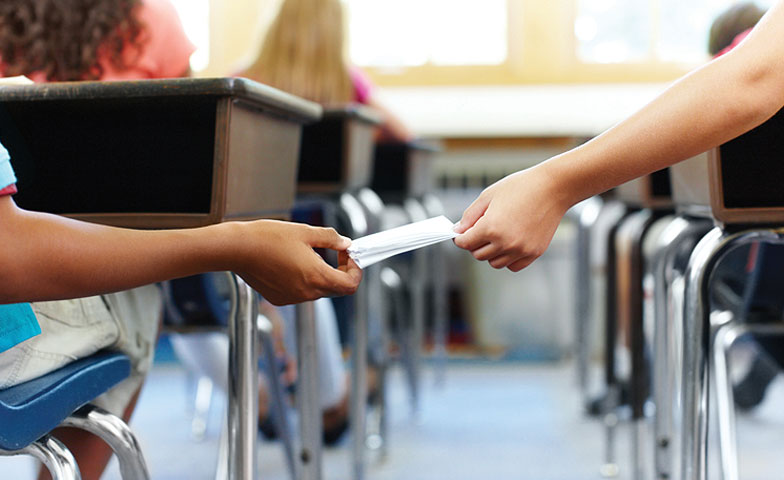
Connecting students with what they’re reading by pairing texts with real world experiences Once we’ve learned to read, reading becomes a tool that helps us learn. Creating a learning experience that incorporates reading deeply, however, can be a challenge for today’s teachers. How can we make reading relevant for today’s students? How do we convince





0